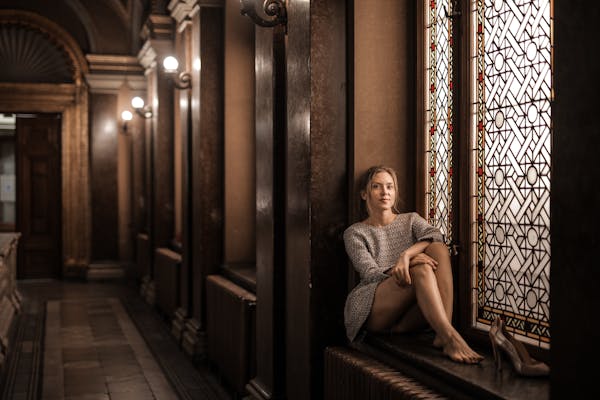Different Types Of Pergolas
Building pergolas is a very effective means of adding beauty to your home. Not only that it enhances the beauty of the house but also add monitory value to the home. Well, you would never like to sell your house once you have a pergola in your house. Reason, there are hundreds of designs and styles of establishing pergola in your house. All you need to do is find that perfect design that matches your house and blends with it like it is the part always existed.
Cladded design: This design breaks the actual definition of pergola by including clad or roof in the design. It provides benefits from harsh sun rays and other mild natural calamities. Number of cladding options can be chosen such as shade cloth, acrylic or steel panels, wooden latticework or trellises, sails or even thatch. Each is having its own advantages so you have to make your choice accordingly.
Open top: A traditional structure design that perfectly defines pergola. With an open roof, this structure is basically designed to support vines and trellises. Open top structures lend a unique Mediterranean feel to your backyard. This has been used for centuries and is still popular to create authentic feel and create a natural landscape. Whereas they are appealing, they add interest to the garden by providing plenty of natural inside the structure.
Gabled: A gable pergola can be defined as a structure consists of two sloping roof halves having triangular space at the end of a roof. These are lighter structure and incapable of bearing heavy loads. Gable shape of the structure can also act as a cross beam, which can be further used to suspend shade cloth, or some other kind of screening material. Train vines along the beam can be also good ideas to beautify it. Covering the structure will provide an enclosed feeling, giving an impression of indoor living room.
Pitched: Pitched pergolas are very similar to patios and verandah roofs because they are also attached with the house. Sometimes, attached with a nearby tall wall or another standing structure but the roof is sloped downward at an end, preferably at the front. These are relatively easy to maintain owing to its shape that doesn’t allow any element stay on its roof. A pergola made with this design idea can be also transformed into a classy living room by adding a right type of sliding doors and windows.
Sail: If technically speaking, Sail pergolas are not actually a pergola. Still, this has become a regular feature in backyards. Commonly they are known as shade sails or sail shades. This design usually consists of a large sail, stretched taut between many poles of different heights and placed at variable distances. You can find a massive range of colors to be chosen as per the color scheme of any backyard. Sail pergolas are also available as DIY kits.
Infills:Usually these are non-structural filling elements that are widely used to fill the empty spaces in your pergola. Materials used for this purpose may include things that are used to fill the space between handrails or lattice barriers. Using infills has many benefits, whereas it can be used to mask an area that to block out the wind or sun, they also act as a perfect décor and also provide a screen for privacy.








